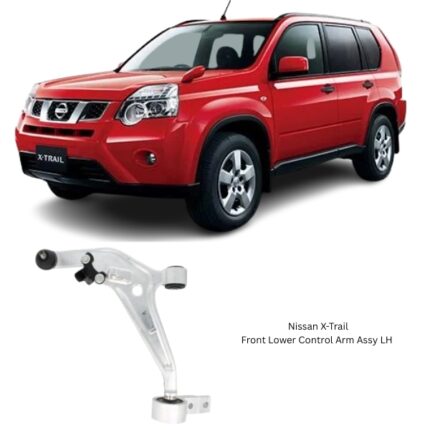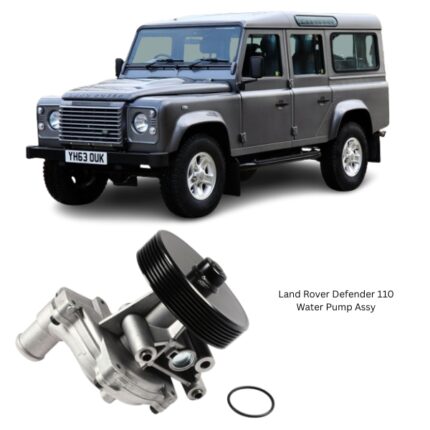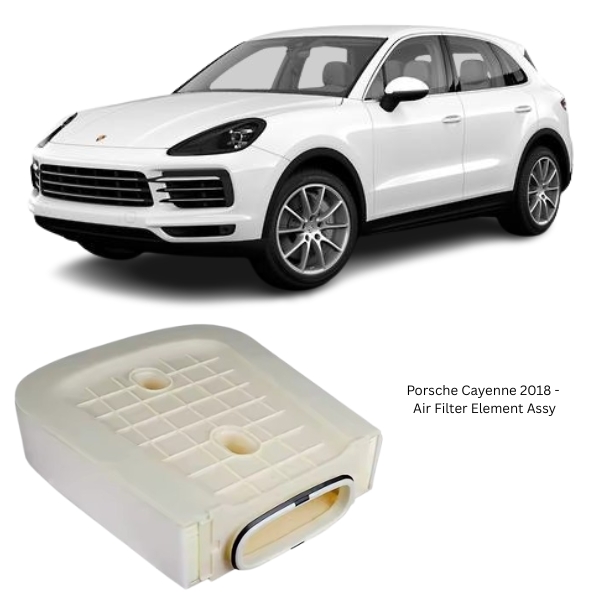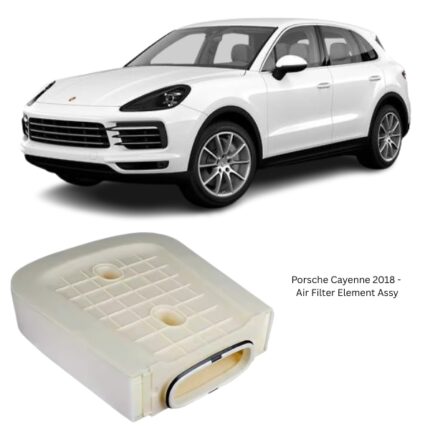Get Porsche Cayenne 2018 – Air Filter Element Assy 4M0133843D in Kenya
The Air Filter Element Assembly is a critical component in a vehicle’s engine intake system. Its primary function is to filter the air entering the engine, removing dust, dirt, and other contaminants that can cause wear or damage to internal engine components. Often overlooked during routine checks, the air filter plays a silent but significant role in fuel efficiency, engine longevity, emissions control, and overall performance.
Understanding how the air filter works, when to replace it, and the consequences of neglect can help vehicle owners and technicians maintain optimal engine health.
1. What Is the Air Filter Element Assembly?
The Air Filter Element Assembly refers to the replaceable component inside the air intake system that traps airborne contaminants before they can enter the engine’s combustion chambers. It is typically housed within an air filter box or air intake assembly and comes in various shapes and sizes depending on the make and model of the vehicle.
Commonly made from pleated paper, cotton, foam, or synthetic fibers, the air filter is engineered to offer maximum filtration without excessively restricting airflow, balancing clean air delivery with engine breathing efficiency.
2. Structure and Composition
The air filter element consists of:
-
Filter Media: The core material that captures contaminants. Often pleated to increase surface area. Materials used include:
-
Cellulose (paper) – Standard and cost-effective.
-
Cotton gauze – Often used in performance filters.
-
Foam – Durable and washable; used in off-road environments.
-
Synthetic fibers – Offer high filtration efficiency and are long-lasting.
-
-
Support Mesh: A metal or plastic mesh provides structural integrity and prevents the media from collapsing under airflow.
-
Rubber or Urethane Frame: Ensures a proper seal within the housing to prevent unfiltered air bypass.
-
Gasket/Seal: Maintains a tight fit between the filter and airbox, ensuring only filtered air enters the engine.
3. Function of the Air Filter Element Assembly
The air filter has several vital functions in the intake system:
a) Filtering Airborne Contaminants
Traps dust, pollen, sand, soot, and other particles that can cause engine wear or scoring on cylinder walls and pistons.
b) Protecting the Engine
Prevents contaminants from entering the engine and damaging components such as the cylinders, pistons, valves, and spark plugs.
c) Ensuring Efficient Combustion
Clean air allows the fuel to burn efficiently and evenly, leading to optimal engine performance and reduced emissions.
d) Regulating Airflow
The air filter is designed to allow enough air to flow into the engine while keeping out contaminants. This balance is critical for the air-fuel mixture required for combustion.
4. Benefits of a Good-Quality Air Filter Element
-
Extended Engine Life: Filters prevent abrasive particles from entering the combustion chamber, minimizing wear and tear.
-
Improved Fuel Efficiency: A clean air filter supports optimal air-fuel mixture, reducing fuel consumption.
-
Enhanced Acceleration and Performance: Engines breathe better with clean air, leading to quicker throttle response.
-
Lower Emissions: Efficient combustion helps reduce hydrocarbon and carbon monoxide emissions.
-
Protection for Other Components: Prevents dirt from reaching mass airflow sensors and intake manifolds, which can cause sensor failure or engine misfire.
5. Signs of a Dirty or Failing Air Filter
Over time, the air filter gets clogged with dirt and needs replacement. Common symptoms of a failing air filter include:
-
Reduced Fuel Efficiency – More fuel is consumed when the engine struggles to get sufficient air.
-
Sluggish Acceleration – Air starvation causes the engine to lose power.
-
Rough Idling – An imbalanced air-fuel mixture leads to unstable combustion.
-
Black Smoke from the Exhaust – Indicating incomplete combustion due to a rich fuel mixture.
-
Check Engine Light – Modern vehicles may trigger a code related to air intake or mass airflow sensor.
-
Visible Dirt or Debris – A quick inspection reveals a darkened or clogged filter.
6. Replacement and Maintenance Guidelines
Replacing the air filter is a simple yet impactful maintenance task. Manufacturers typically recommend replacement every 10,000 to 15,000 kilometers, or as specified in the owner’s manual. However, replacement frequency can vary based on:
-
Driving environment (dusty or polluted areas require more frequent changes).
-
Driving style (frequent acceleration or high RPM driving demands cleaner air).
-
Vehicle use (off-road or commercial use increases filter load).
Steps to Replace an Air Filter:
-
Locate the Air Filter Housing – Usually a plastic box near the engine, connected to the intake duct.
-
Open the Housing – Use clips, screws, or bolts to access the filter.
-
Remove the Old Filter – Lift it out carefully to avoid shaking debris into the intake.
-
Clean the Housing (Optional) – Use a vacuum or cloth to remove any residual dust or debris.
-
Insert the New Filter – Ensure it sits snugly and matches the airflow direction.
-
Secure the Housing – Reattach the cover firmly to maintain a proper seal.
7. Consequences of Neglecting Air Filter Maintenance
Neglecting the air filter can lead to:
-
Engine Damage: Ingesting dirt can wear down pistons, rings, and cylinders prematurely.
-
Decreased Engine Power: Insufficient air affects combustion, reducing overall output.
-
Sensor Malfunctions: Debris entering the mass airflow sensor can cause poor readings, leading to poor fuel mapping.
-
Excessive Emissions: Dirty filters can cause the engine to run rich, increasing pollutants.
-
Reduced Lifespan of Spark Plugs: Fouling due to incomplete combustion leads to misfires and starting issues.
8. Air Filter Types and Performance Options
Depending on the vehicle and usage, different air filter types are available:
-
OEM Paper Filters: Designed for specific models; ideal for regular driving.
-
High-Performance Cotton Filters: Reusable filters that improve airflow; suited for performance applications.
-
Foam Filters: Durable and washable; used in off-road and dusty environments.
-
Carbon-Activated Filters: Reduce odors along with particles; used in some premium vehicles.
Each type offers different advantages based on priorities such as airflow, longevity, reusability, or maximum filtration.
9. Compatibility and Installation Considerations
Air filter elements are model-specific, meaning size, shape, and fit must match the engine design. Always confirm:
-
Correct fitment using vehicle make, model, year, and engine size.
-
OEM recommendations for performance and durability.
-
Proper orientation during installation, aligning with the airflow direction.
Using the wrong air filter can lead to unfiltered air bypassing the media or creating turbulent airflow that disrupts combustion.
Follow us on Facebook for more parts.





Reviews
Clear filtersThere are no reviews yet.